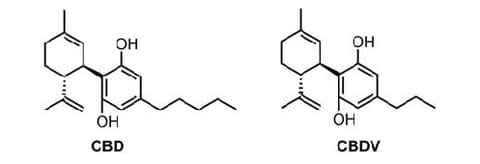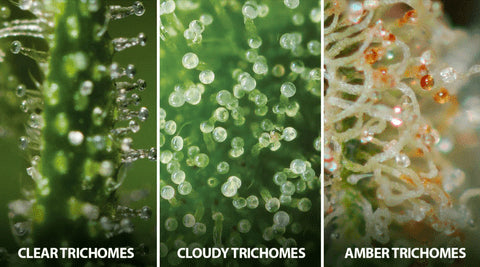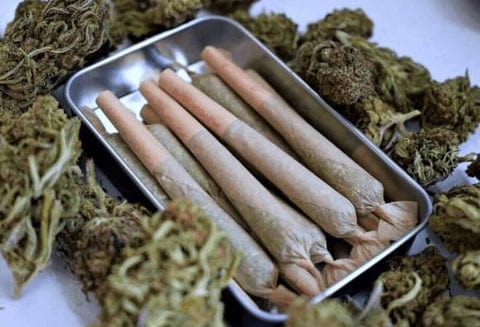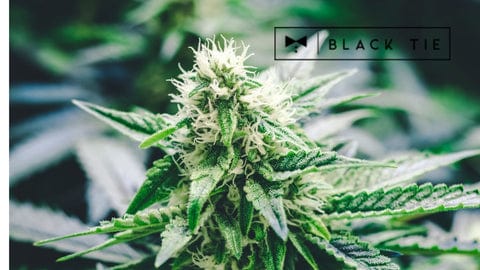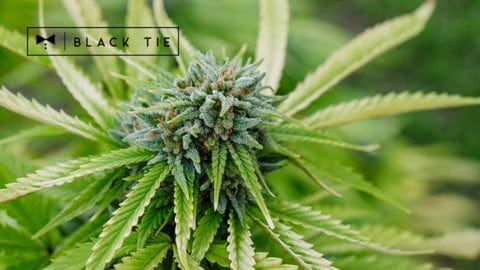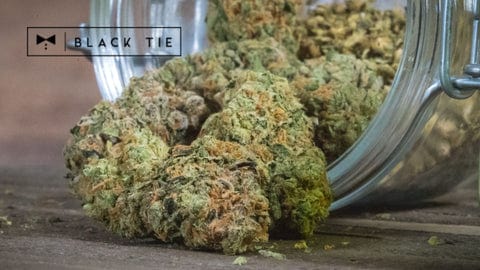Can Cannabis Treat Covid-19?
With Covid-19 impacting us for the last two years, the world is rapidly searching for ways that we can effectively manage the virus, despite the variants that constantly pop up. Finally, it seems that research is progressing and it’s the cannabis industry at the forefront of the latest research advancements by researchers affiliated with Oregon State University. These researchers conducted a study that suggests that cannabis compounds prevent Infection by the Covid-19 Virus.
The COVID-19 pandemic includes at least 272 million cases worldwide, 5.3 million deaths, and over 600 000 new cases daily. While the rollout of vaccines is underway, the rapid spread of COVID-19 underscores the need for new treatments.
Background Information:
In January 2021, this study looked into the possibility that cannabis may offer some help for patients with COVID-19. The study looks at one of the primary biological events that occur in patients with severe acute respiratory distress cases from COVID-19, something called a “cytokine storm.”
C.Sativa, a type of cannabis, was found in a cytokine storm study to reduce multiple cytokines and pathways related to inflammation and fibrosis. Two of the cytokines that C.Sativa reduced were TNFa and IL-6, which are thought to be the main targets when trying to block a COVID-19 cytokine storm and acute respiratory distress syndrome.
In another study done in September of 2020 on mice, they found the following;
“Several reports demonstrated that cannabidiol (CBD), a phytocannabinoid produced by the cannabis plant, can block IL-6 in several models of inflammatory diseases.”
What do the studies say in 2022?
A report on the research, “Cannabinoids Block Cellular Entry of SARS-CoV-2 and the Emerging Variants,” was published online on January 10th, 2022 by the Journal of Natural Products.
COVID-19 is caused by the severe acute respiratory syndrome coronavirus-2 (SARS-CoV-2). Researchers have found that the viral spike protein of SARS-CoV-2 to the human cell surface receptor angiotensin converting enzyme-2 (ACE2) is a critical step during the infection of human cells. The researchers looked into the following possibility:
“Therefore, cell entry inhibitors could be used to prevent SARS-CoV-2 infection as well as to shorten the course of COVID-19 infections by preventing virus particles from infecting human cells.”
Researchers discovered that cannabinoids increase the cell’s response to several key proteins produced by the coronavirus genome, which is an effect that had not been discovered prior to the study. Researchers also looked at how the proteins from the genome operated in human kidney cells and healthy control cells, both with and without cannabinoids.
Cannabis and its effectiveness against new variants:
The spike protein is the same part of the virus targeted by Covid-19 vaccines and antibody therapies. In addition to the spike protein, SARS-CoV-2 has three more structural proteins as well as 16 nonstructural proteins and several compounds van Breemen characterized as “accessory” proteins, all of which are potential targets for drugs developed to prevent Covid-19.
The two compounds commonly found in hemp - called cannabigerolic acid, or CBGA, and cannabidiolic acid, or CBDA - were identified during a chemical screening effort as having potential to combat coronavirus. In the study led by Richard van Breemen, a researcher with Oregon State’s Global Hemp Innovation Center, they found that cannabinoids bound to spike proteins found on the virus and blocked a step the pathogen uses to infect people, stating that;
“Cannabigerolic acid and cannabidiolic acid prevented infection of human epithelial cells”
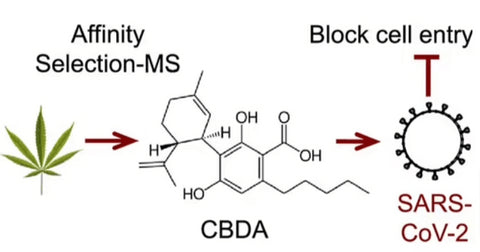
This means that cell entry inhibitors, like the acids from hemp, could be used to prevent SARS-CoV-2 infection and also to shorten infections by preventing virus particles from infecting human cells. They bind to the spike proteins so those proteins can’t bind to the ACE2 enzyme, which is abundant on the outer membrane of endothelial cells in the lungs and other organs.
The study then goes on to state that the most important piece of evidence found was that CBGA and CBDA were equally as effective against the alpha and beta variants. The abstract ends off on a highly positive note, expressing that cannabinoids do in fact have the potential to prevent and likely treat infection by SARS-CoV-2.
What other benefits could cannabis pose for Covid-19?
- Pain
As we have discussed in previous articles, cannabis offers potential benefits for things like pain, anxiety, and other ailments. With symptoms of COVID-19, including body aches, sore throat, and headaches, pain relief would be welcome by many patients.
As it currently stands, Medicinal cannabis registries typically report pain as the most common reason for use. In this study, the conclusion came to the fact that looked at multiple ailments being treated with cannabis, going on to state the following:
“Headache was then evaluated as a primary symptom being treated by medicinal cannabis “
-
Anxiety
The number of people reporting high levels of anxiety has sharply elevated during the coronavirus (COVID-19) pandemic. The factors most strongly associated with high anxiety during the pandemic include loneliness, marital status, sex, disability, whether someone feels safe at home or not and work being affected by the coronavirus (COVID-19) pandemic.
There is understandable concern about the impact of the pandemic on people’s well-being. Fortunately, though, compounds within cannabis have shown impressive anxiety-reducing qualities, particularly CBD, which has been shown in studies to increase serotonin activity and lower cortisol levels.
Is Cannabis safe to consume for Covid-19 patients?
While most people consume cannabis by smoking it, it is not the only way to consume it. Companies like ourselves offer multiple variations of consumption like edibles, tinctures and more that have very low THC, yet still offer the same benefits.
After the last two years of uncertainty, illness and chaos due to the pandemic, it’s relieving to see that cannabis has shown a lot of potential in fighting against COVID-19 and could potentially offer new solutions to tackle the pandemic.
Where can you get CBDA and CBGA products from?
The team here at Black Tie CBD is relieved and grateful that we’re a part of an industry that is helping to better global health in such an impactful way. As a company, we've seen the value in CBDA products and we've just released our brand new CBDA isolate so you can keep safe too.





